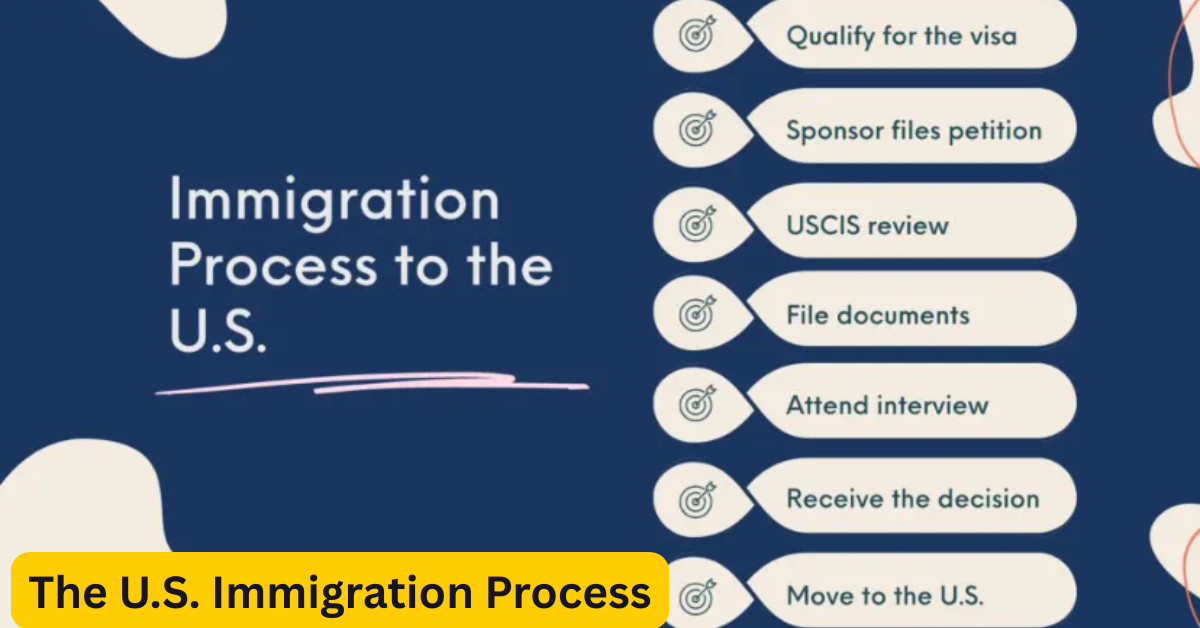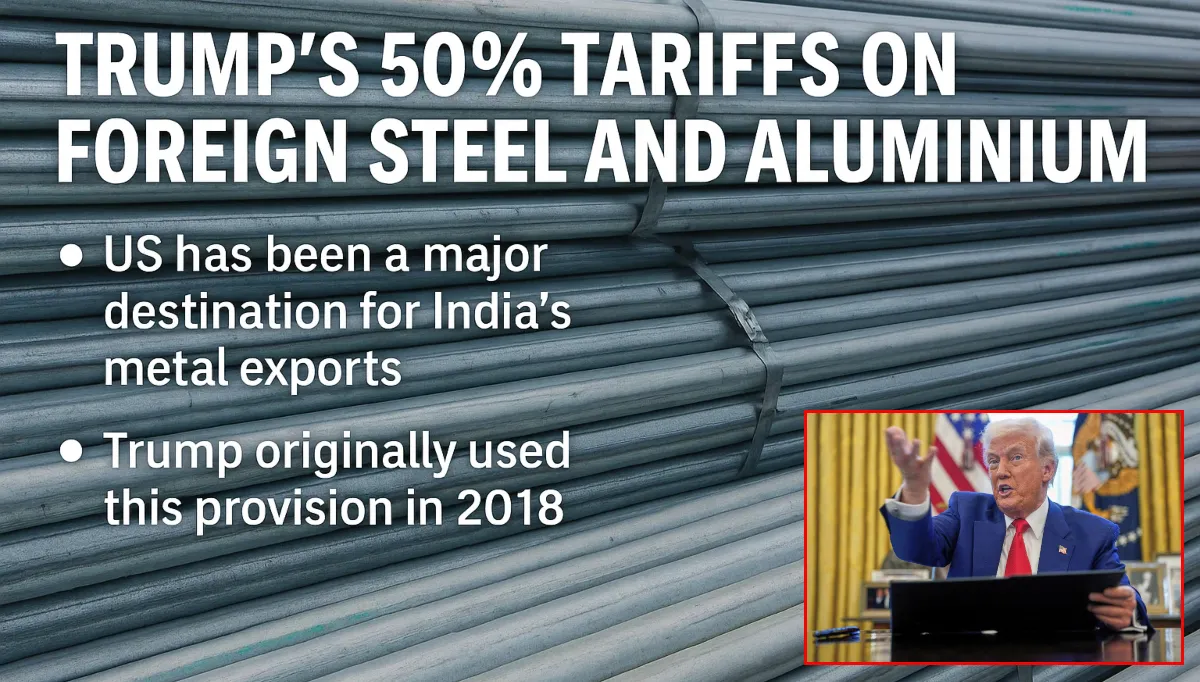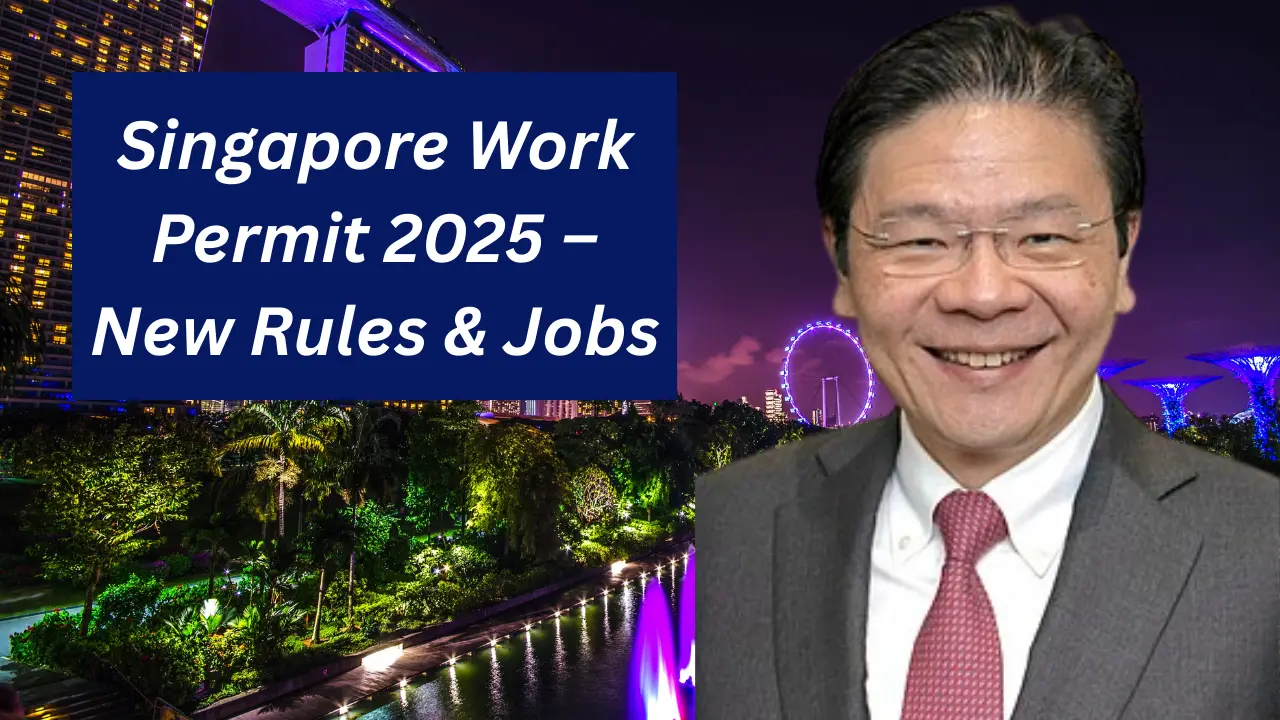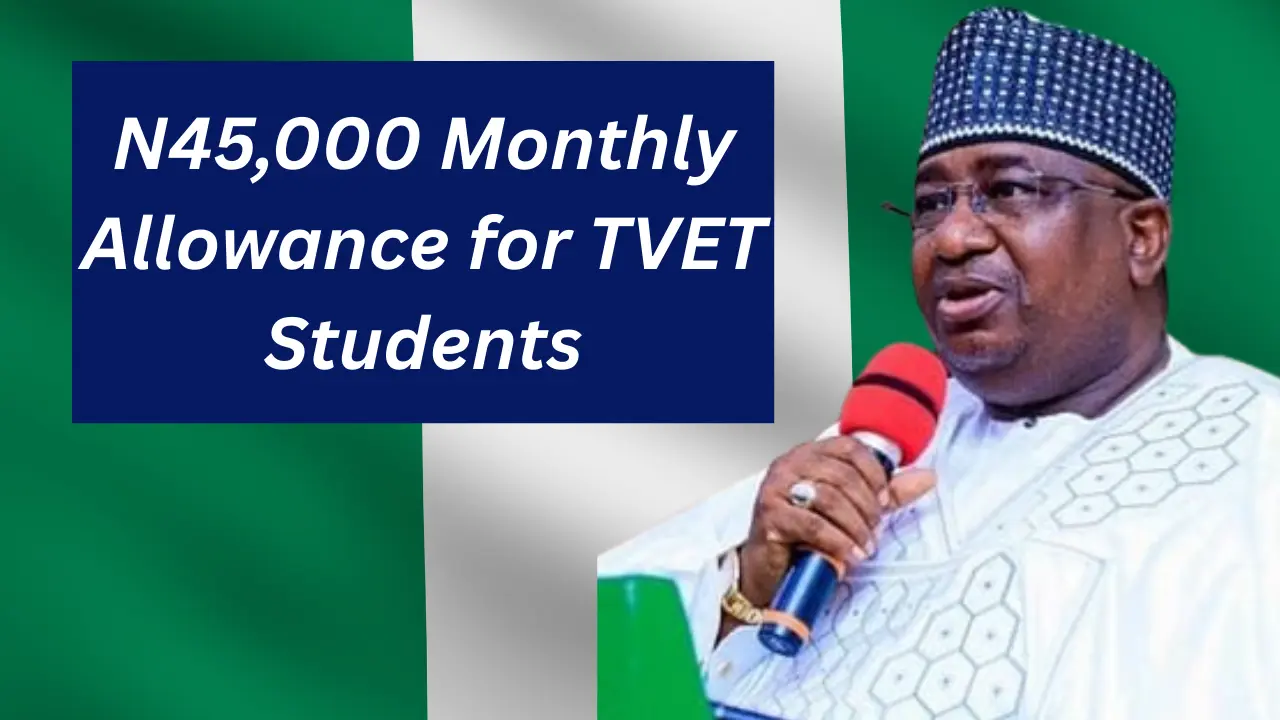The U.S. Immigration Process.The U.S. immigration process can be confusing because of its complexities with multiple policy changes, seeking to live or to have a green card, visa rules shifts, and updates regarding various requirements. If you’re applying for a work visa, green card, or family sponsorship, knowing the right steps can save you time and stress.
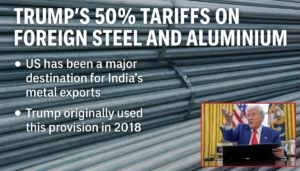
The U.S. immigration law depends on principles like the amalgamation of families, allowing immigrants with skills to be valued. Humanitarian, economic, and promoting diversity, based on this sheet, the U.S. government designs and functions for migration.
This guide will help you navigate the U.S. immigration process, different types of visas, how to apply, and recent changes, and provide insights to help you make your journey more smooth.
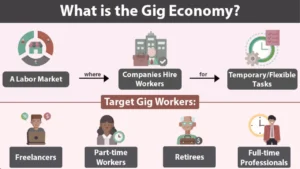
Overview of The U.S. Immigration Process
The question is: How does the U.S. Immigration work? Migration depends on the core law formally known as “ The Immigration and Nationality Act (INA). Below are the highlights of the migration process.
- The Core Law
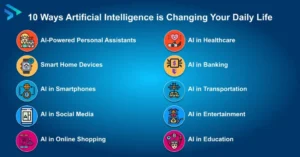
- The rule is set under the Immigration and Nationality Act (INA)
- Every year, the U.S. government issues approximately 675,000 green cards with some exceptions).
- Who is compiling?

- There is no limit on visas for spouses, parents, and children under 21 of U.S. citizens.
- The president and Congress calculated the refugees earlier.
- Many asylum and refugee shelters are established for Humanitarian protection and have no fixed limits but follow strict rules.
- Green Cards & Citizenship
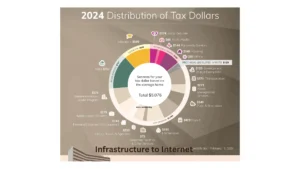
- According to Lawful Permanent Residents (LPRs), a refugee or asylum immigrant holding a green card can become a citizen of the U.S.
- After 5 years or maybe 3 years for some, LPRs can apply for citizenship, but it’s totally optional.
4. Green card holders can:
- Green card holders can work any job except those requiring U.S. citizenship.
- Refugees can stay in the U.S. permanently under the laws implemented for immigrant or migrant citizens.
5. Temporary Visas
- Tourists, students, and temporary workers are under a Non-immigrant visa cover.
- Students and tourist visas don’t have any early limit concerning a work visa.
Key Changes in the U.S. Immigration for 2025
There is no limit for the Family of U.S. citizens. Flexibility for refugees is recognized in humanitarian cases; there is no counting, but strict eligibility. Green cards lead to citizenship, but you don’t have to apply. Temporary visas depend on your purpose (study, work, travel).
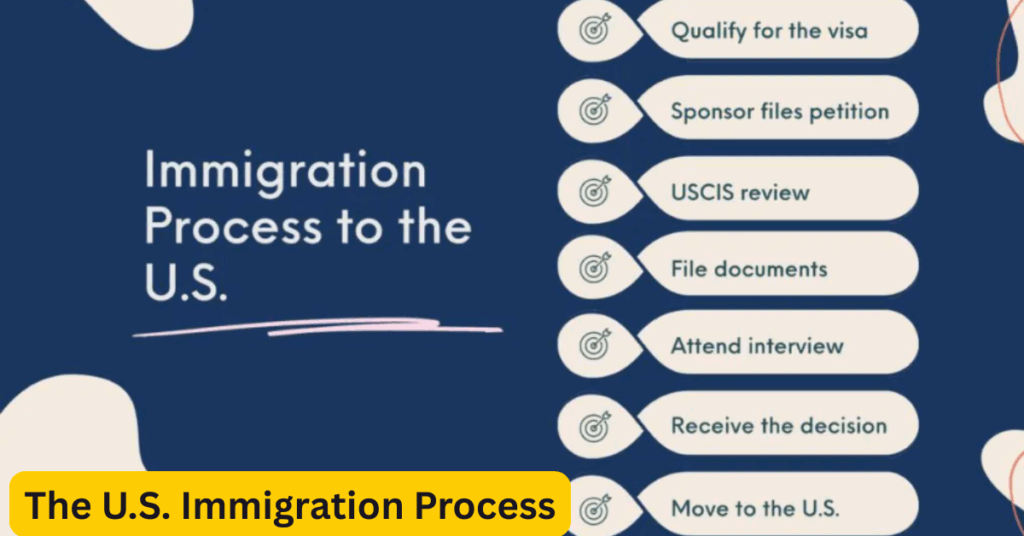
| Key Changes in U.S. Immigration for 2025 | ||
| Category | 2025 Updates | Impact |
| Work Visas (H-1B, L-1, etc.) | Stricter scrutiny, higher denial rates for H-1Bs, and premium processing delays | Longer wait times, more employer audits. |
| Family-Based Immigration | Backlogs grow for F2A (spouses of permanent residents) and F4 (siblings of U.S. citizens) | Wait times extend to 10+ years for some categories. |
| Border & Enforcement | Mass deportation operations; end of DACA and TPS for some countries | Increased removals; fewer humanitarian protections. |
| Green Cards & Citizenship | Faster N-400 processing (5.5 months), but I-751 (removal of conditions) takes 21+ months | Naturalization speeds up, but conditional residents face delays. |
| Travel & Consular Updates | New visa appointment systems; social media vetting for F/M/J visas | Longer consular processing; stricter screenings. |
Different Types of Visas in 2025
There are numerous types of U.S visas divided according to need, such as temporary stay, permanent residency, and based on employment.
- The B1 and B2: NVV ( Nonimmigrant Visitor Visas)
Mainly concerned with temporary stays such as for meetings, attending a conference, holidays, and medical treatment.
| B1 and B2 Visa | |||
|---|---|---|---|
| Type of Visa | Purpose | Allowed Activities | Work Allowed |
| B1 | Business | Meetings, conferences, negotiations | No |
| B2 | Tourism/Medical | Vacation, visiting family, and medical treatment | No |
| B1/B2 | Combo | Both business and tourism | No |
- F1 visa for academic students, while B1 & B2 were for visitors. Students who like full-time education or for a limited period can apply for an F1 visa.
| F1 visa for students | |||
|---|---|---|---|
| Type of Visa | Purpose | Duration | Work Allowed? |
| F-1 | Full-time study | Duration of program + OPT | Limited (on-campus, OPT) |
| B1/B2 | Business/Tourism | Up to 6 months per entry | No |
- F-2A to F-4 are immigrant visas for family reunion. Such as spouses/kids under 21 years of age, unmarried kids or siblings, or U.S citizens.
| F-2A To F-4 Visa For Family Reunion | |||
|---|---|---|---|
| Type of Visa | Category | Eligible Applicants | Path to Residency? |
| F-1 | Non-immigrant | Academic students | No (temporary) |
| F-2A | Immigrant | Spouses/kids under 21 of permanent residents | Yes |
| F-2B | Immigrant | Unmarried kids over 21 of permanent residents | Yes |
| F-3 | Immigrant | Married kids of U.S. citizens | Yes |
| F-4 | Immigrant | Siblings of U.S. citizens | Yes |
Note: there is a backlog or maximum annual limit for F-2A to F-4 visas; the time limit may increase up to 15 years.
- L-1, EB-1, and EB-2/EB-3 are mostly intra-company transfer visas with no backlog except India and China.
| L-1/ EB-1/ EB-2/EB-3 Visa | |||
|---|---|---|---|
| Type of visa | Category | Eligibility | Work allowed |
| L-1 | Intra company Transfers(ICT) | The employee must be currently employed by a UK-licensed sponsor. | Yes |
| EB-1 | Priority workers | No backlog for most countries | yes |
| EB-2/EB-3 | Professionals/Skilled Workers | India and China face decade-long waits. | Yes |
Step-by-Step Immigration Process in 2025
To apply for migration to the US, follow the steps required to file the visa application process.
Step 1: Determine Your Visa Pathway
- Use the State Department’s Visa, or consult an immigration attorney.
Step 2: File the Petition according to the facility.
- For Work Visas, Employees have to file I-129 (H-1B, L-1) or I-140 (EB-5 green cards).
- For Family Sponsorship and migrants as U.S. citizen/LPR files I-130, an average of. 14.8 months for spouses
Step 3: Wait for Approval & Dates
- Check the Visa periodically for family and employment backlogs.
- For Example, an Indian EB-2 applicant with a 2013 priority date may finally get a green card in 2025(which means there will be 12-13 years of backlog)
Step 4: Diplomatic refining or Adjustment of Status
- Diplomatic refining is required for most international candidates, whether they have to give medical exams or interviews
- Adjustment of Status Filed in the U.S. (takes 6–9 months for employment-based cases)
Step 5: Green Card & Citizenship
- Conditional Green Cards (I-751): File to remove conditions within 90 days of expiration.
- Naturalization (N-400): Apply after 3–5 years as a permanent resident; 5.5 months of processing time.
Major Challenges in 2025
A. Longer Processing Times
- Approval of H-1B visa can take place up to 6 months (vs. 3 months in 2024)
- In some categories, cases for Family-based green cards like F4 Philippines may take 20+ years for migration.
B. Precise implementation
- I-9 Audits: Employers face fines for hiring violations.
- Visa Denials: H-1B refusal rates could spike to 20%+ (similar to 2018–2019)
C. Policy unpredictability
- DACA: At risk of termination; no new applications accepted
- TPS: Haiti’s designation ends September 2025
Tips for a Smoother Process
| Home Page | https://aiis.org/ |
- File the petition in the earlier month, ex, H-1B will be open starting in March of 2026.
- Revert the priority dates and monitor the visa headlines.
- Early preference for evidence means preparing (REFs) with all credentials, including job descriptions, employer letters, and educational qualifications.
- Can take suggestions from an immigration lawyer, but it can be complex for deported defendants and asylum candidates.
